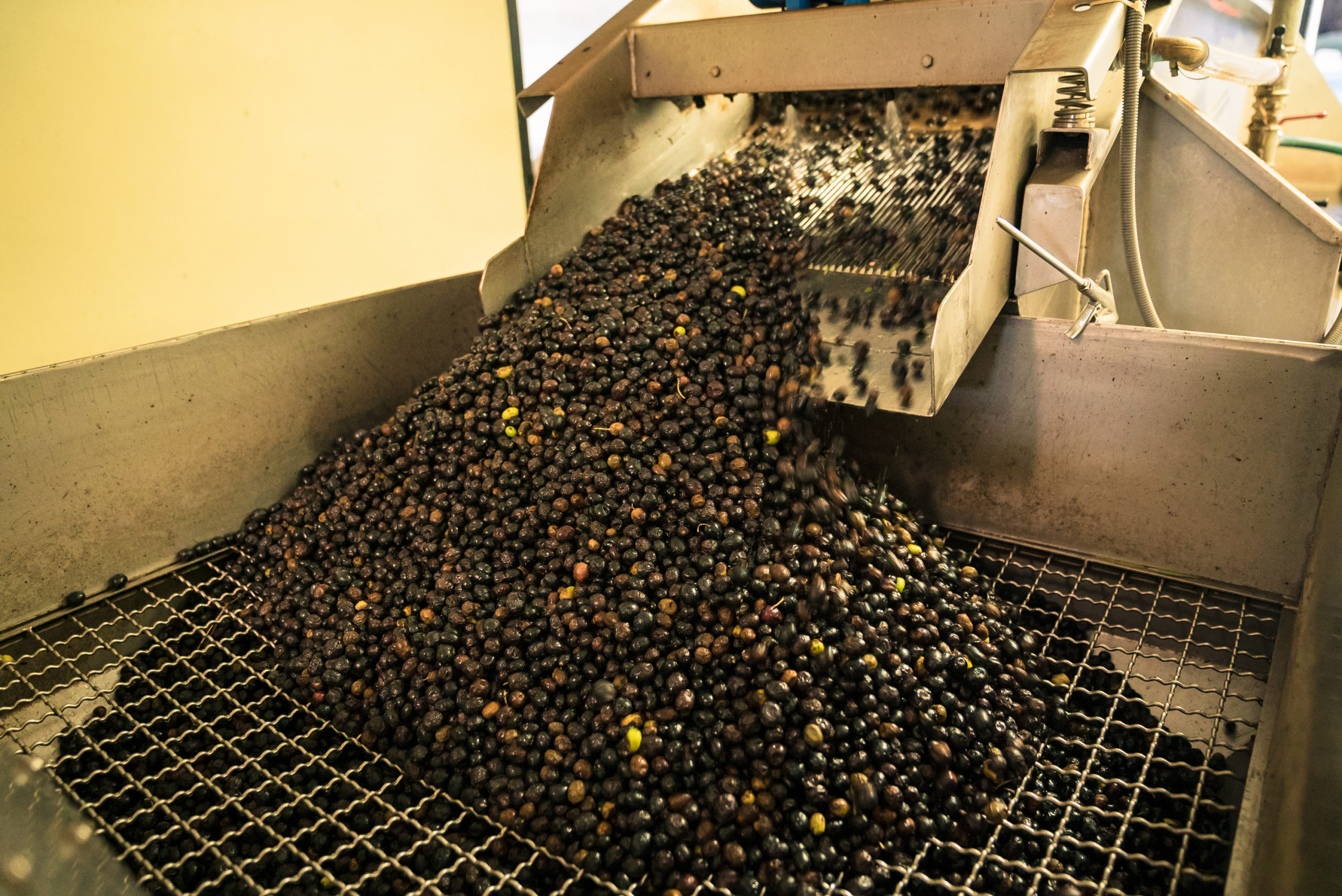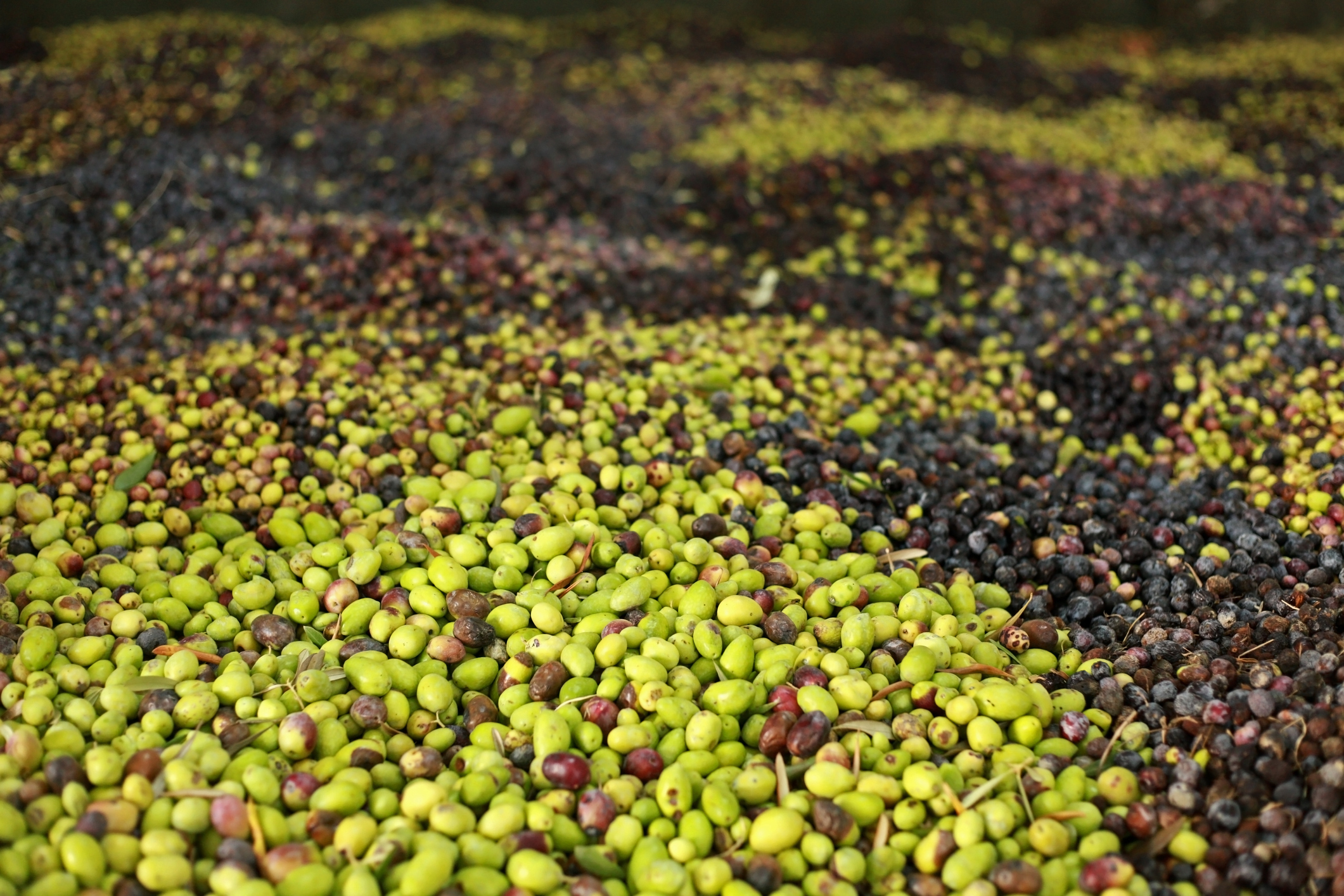As with any food, when it comes to olive oil you and I always look for top quality. It is essential to know when a product is in better or poorer condition, but the fact is that with liquid gold it is not always easy to find its defects. Today I’ll try and help you simplify the procedure:
DAMP AND MOLDY
Among defects, the smell of mold is characteristic and easy to detect, as it is shared by many types of food. When the presence of this defect is strong the smell is very unpleasant.
There are two main reasons for this problem:
- The proliferation of fungi and yeast in the olive oil.
- Poor selection of olives before crushing them to draw oil. This defect is due to damaged olives or those gathered off the ground.
- Bacteria found in the oil mill that end up in the oil as a result of the extraction process.
STALE
This defect is common in all fatty foods containing a high lipid content. As far as olive oil is concerned, oil can go stale when it is exposed to oxygen, which causes oxidation. It is also caused by light photons constantly hitting the oil when it is exposed to the light.
This is why our bottles at Carapelli are dark. Also, glass is less porous than plastic, so it slows down the oxidation process (provided the bottle is kept closed).

SOUR
This defect appears when the olives gathered in the harvest are stored for too long before crushing them to extract the oil. Why does this happen? Not crushing the olives for oil just a few hours after they are harvested means that they will start fermenting, and as a result ethanol, acetic acid and ethyl acetate appear.
These compounds, during the crushing process, seep into the olive oil, causing a sour, vinegary taste. The end result will always be unpleasant for the senses.
METALLIC
This is another defect to add to the list of those you can taste. It happens when olive oil acquires a characteristic metallic flavor.
This defect is due to oil mills and their machinery, whenever some component is not cleaned properly.

FUSTY
For me, as a consumer, this is the hardest defect to detect, because the aroma is not as unpleasant as in the other defects found in olive oil. To be able to detect fustiness and distinguish it from the other defects, you need to train your smell and taste memory.
This defect occurs when harvested olives are stored incorrectly and for a longer period than advisable. This causes the olives to ferment without oxygen, and fustiness shows up in the oil extraction process.

It’s funny that on many occasions oil has been consumed in the household and for different reasons it was not up to standard, even though we are not aware of the fact because we’re used to it. It’s important to bear these defects in mind. This will allow us to thoroughly enjoy a good extra virgin olive oil when we have it before us.



